5. Werner Herzog
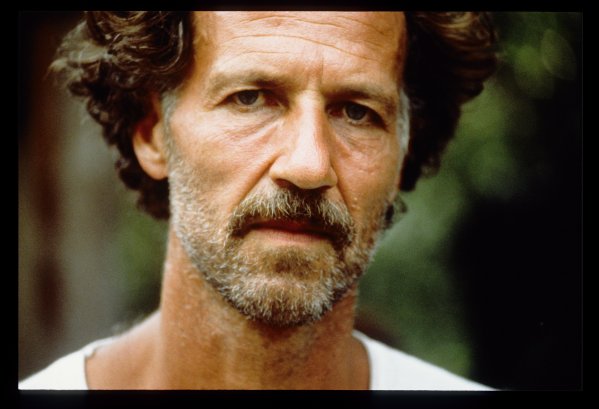
One of West German cinema’s big three directors, Werner Herzog has enjoyed a career that has seen successful releases in both narrative cinema and documentary cinema. Born in 1942, Herzog has directed just over fifty total feature films.
Although his filmography is a healthy combination of documentary films and narrative films, the early half of Herzog’s filmography is more notable for his narrative films and the later half of the filmography is more notable for his documentary films.
Of all his earlier films, Aguirre: The Wrath of God (1972) is most commonly listed as his best narrative film. The film follows a ruthless conquistador as he leads an expedition for El Dorado, the mythical city of gold, and descends into madness.
Of his later films, Herzog’s documentary filmmaking abilities were at their best in Grizzly Man (2005), which focuses on the life of Timothy Treadwell, an environmentalist who was killed, along with his girlfriend, by one of the wild bears that he was living among.
Other important narrative features in Herzog’s career include Signs of Life (1968; his feature debut), Even Dwarfs Started Small (1970), The Enigma of Kaspar Hauser (1974), Stroszek (1977), Nosferatu the Vampyre (1979), Fitzcarraldo (1982), and Salt and Fire (2016; his most recent feature).
Other important documentary features in Herzog’s career include The Flying Doctors of East Africa (1969; his documentary feature debut), Land of Silence and Darkness (1971), The Great Ecstasy of Woodcarver Steiner (1974), Lessons of Darkness (1992), Little Dieter Needs to Fly (1997), My Best Fiend (1999), and Into the Inferno (2016; his most recent documentary feature).
4. Kenji Mizoguchi
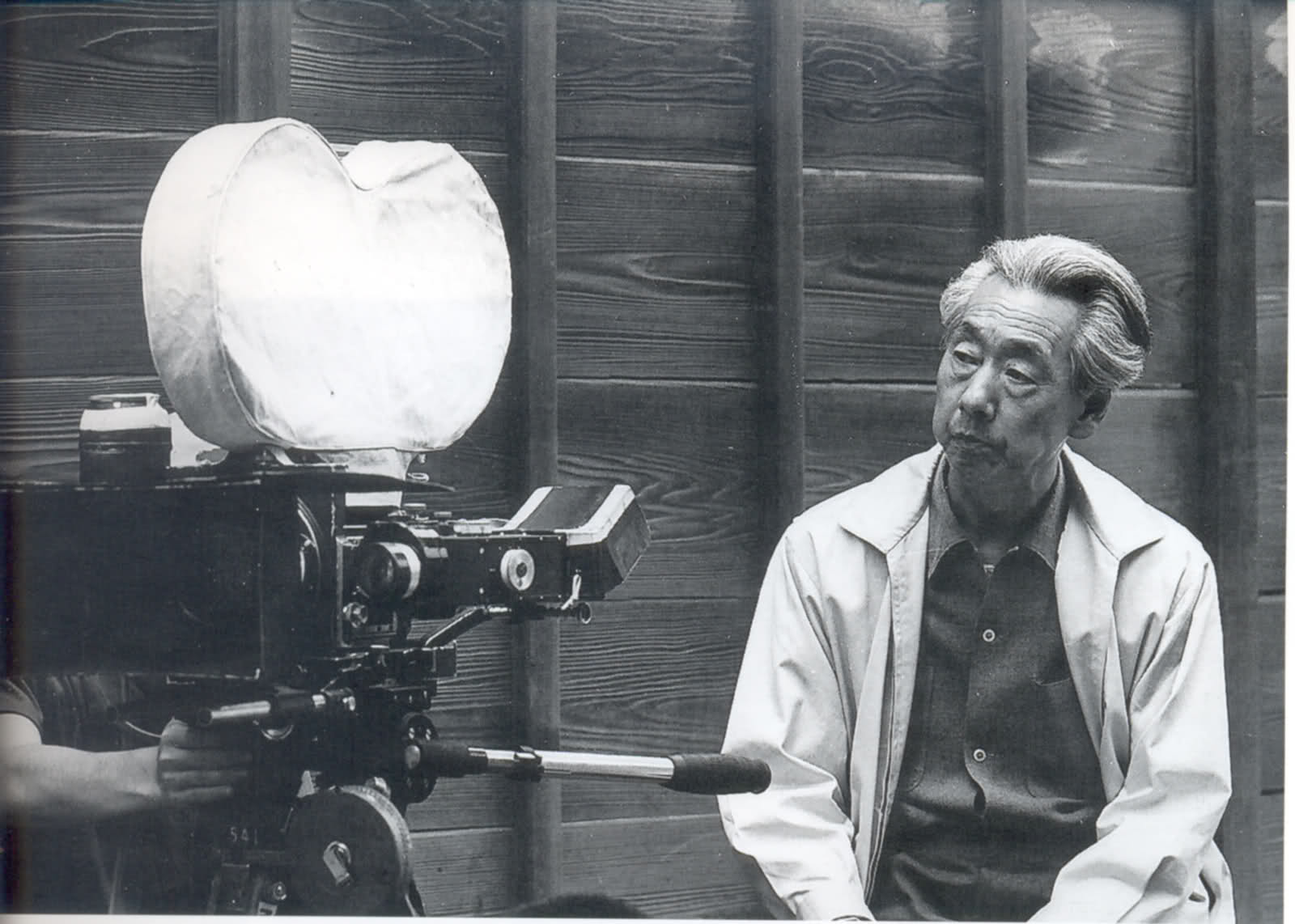
Yet another of Japan’s finest directorial talents, Kenji Mizoguchi is, like Ozu, one of the big directors from Japan’s Golden Age. Born in 1898, Mizoguchi would only make films from 1923-1956, but his career boasts 90 feature films. Although many of his early works are now lost, several of Mizoguchi’s later works have been hailed as masterpieces and among the best of not only Japan’s Golden Age, but in the history of Japanese cinema.
The pinnacle of Mizoguchi’s career is Ugetsu Monogatari (1953), a fantasy film the depicts the lives of two men pursuing fame and fortune and the negative effects that their desires have on their families.
Other films in Mizoguchi’s impressive career are Ai ni Yomigaeru Hi (1923; probably his first feature film), The Story of the Last Chrysanthemums (1939), The Life of Oharu (1952), Chikamatsu Monogatari (1954), Sansho the Bailiff (1954), and Street of Shame (1956; his last film).
3. John Ford
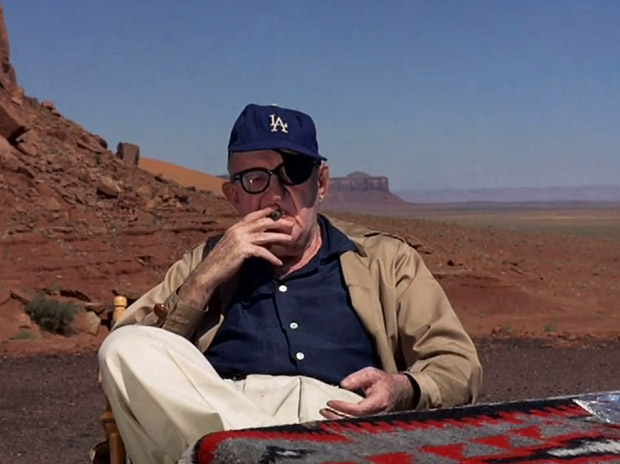
One of the titans of Hollywood, John Ford’s name is basically synonymous with the western genre. Although he also made critically-acclaimed comedies, romances, and war films, it is the western which Ford is best known for.
Born in 1894, Ford directed well over 100 films during his almost sixty-year career. Not just a prolific director, Ford has received praise during his career and even today for his films. He even holds the record for most Best Director victories at the Oscars with four. Ford’s direction was often miles ahead of his contemporaries, and he may have reached his peak with 1939’s Stagecoach.
The film follows an assortment of individuals, including an outlaw, a prostitute, an alcoholic doctor, a pregnant woman, and a whiskey salesman, as they travel in a stagecoach through Apache territory.
Some other important titles in Ford’s filmography include Straight Shooting (1917; his feature debut), The Informer (1935), The Grapes of Wrath (1940), How Green Was My Valley (1941), My Darling Clementine (1946), She Wore a Yellow Ribbon (1949), The Quiet Man (1952), The Searchers (1956), The Man Who Shot Liberty Valance (1962), and Seven Women (1966; his final studio film).
2. Jean-Luc Godard
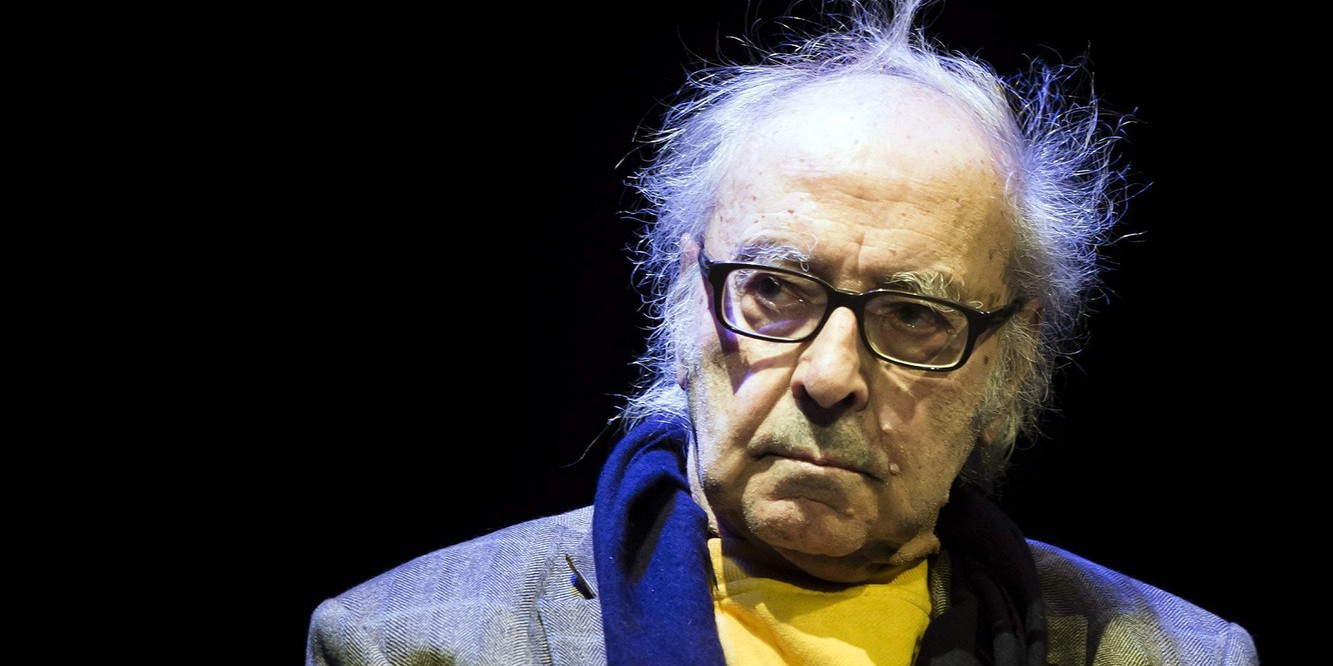
One of the most influential and important directors of any era, Jean-Luc Godard was one of the film critics for the famed French film magazine Cahiers du Cinéma and one of the leaders of the French New Wave film movement. Born in 1930, Godard is still directing today, stretching his career almost sixty years.
He has made 50 films so far, with another film, The Image Book, set to come out this year. Godard is known for his definitive filmmaking techniques, which include the usage of natural light, jump cuts, handheld cameras, and references to classic Hollywood.
Godard started his filmmaking career with a bang, directing his masterpiece Breathless (1960). The coolest film of all time, the film is about a petty thief who, after killing a police officer, tries to convince his American journalism student girlfriend to run away with him to Italy.
Breathless has been labeled by critics and filmmakers alike as one of the films that redefined the film medium. Godard’s storied career also includes Vivre Sa Vie (1962), Bande à Part (1964), Pierrot le Fou (1965), Masculin Féminin (1966), Two or Three Things I Know About Her (1966), Week-End (1967), Histoire(s) du Cinéma (1998), and Goodbye to Language (2014; his most recent feature).
1. Alfred Hitchcock
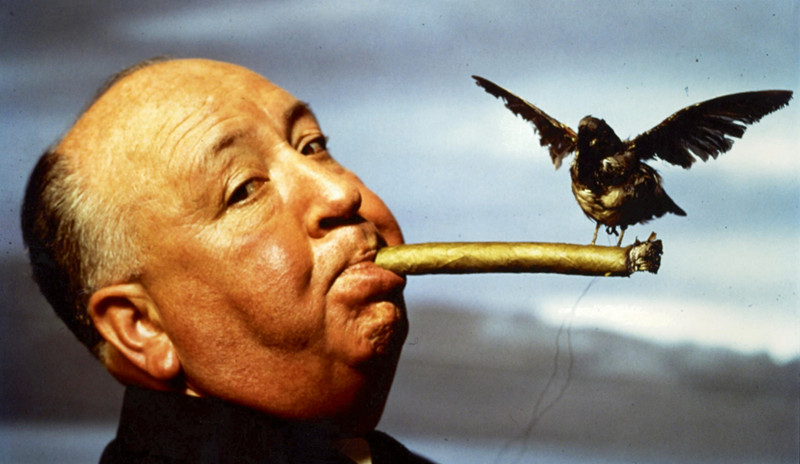
Considered by many film critics, filmmakers, film historians, and other film individuals as the greatest director of all time, Alfred Hitchcock was truly one of the best directors at manipulating the audience. Born in 1899, Hitchcock started his career in his native England before moving to the United States and directing the rest of his 54 films.
The combination of his preference for making mysteries and thrillers and his masterful skill at making them led to him being dubbed “The Master of Suspense.” Some of his best-known techniques and filmmaking signatures include the manipulation of the shadows, casting blonde actresses, the MacGuffin, an emphasis and focus on staircases, involving ordinary characters in extraordinary situations, extensive dependence on storyboards, and his personal cameos.
Of his British releases, none is more impressive than The Lady Vanishes (1938), a film about a young woman’s determined search to find the older lady whom she befriended and has since disappeared from the train they are on.
In Hollywood, Hitchcock made his magnum opus: Psycho (1960). One of the most famous films in the history of the cinema, it follows a young woman’s fateful overnight stay at a motel and the ensuing search by her lover and her sister to find her.
Since Hitchcock’s filmography is chockful of gems, here is an abridged collection including just some of his other great films: The Pleasure Garden (1925; his feature debut), The Lodger (1927; his first thriller), The 39 Steps (1935), Rebecca (1940), Strangers on a Train (1951), Rear Window (1954), Vertigo (1958), North by Northwest (1959), The Birds (1963), and Family Plot (1976; his final film).
Author Bio: Will Sautter is an English and Film Studies undergraduate and aspiring filmmaker. Labeling himself a cinemaniac, he is currently working on an auteur theory article and a book on the Italian Neo-Realism, French New Wave, and New Hollywood film movements. His love of movies covers film noir, 1960s Italian cinema, samurai films, the works of Wes Anderson, Sam Peckinpah, and Ingmar Bergman, and everything in between.